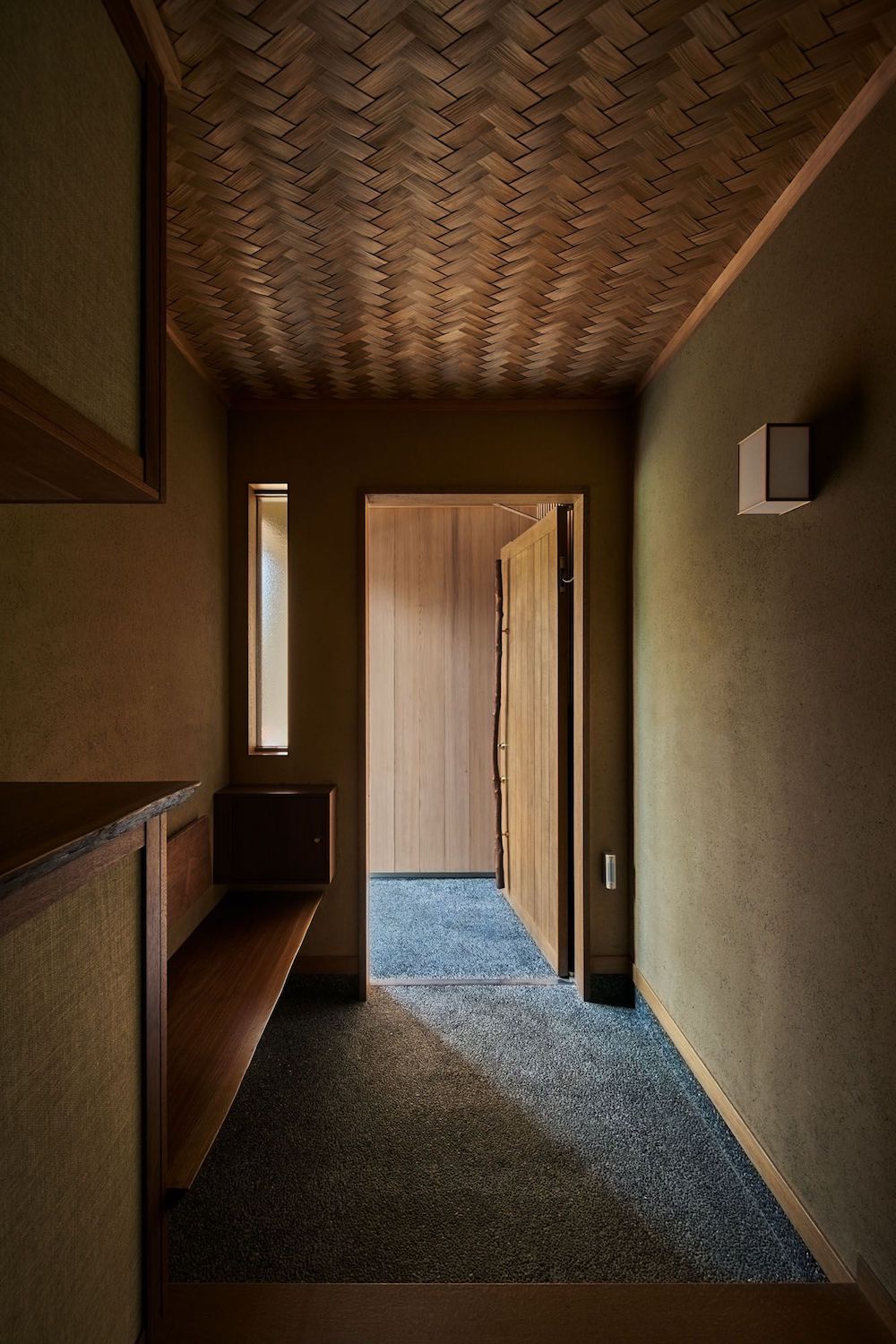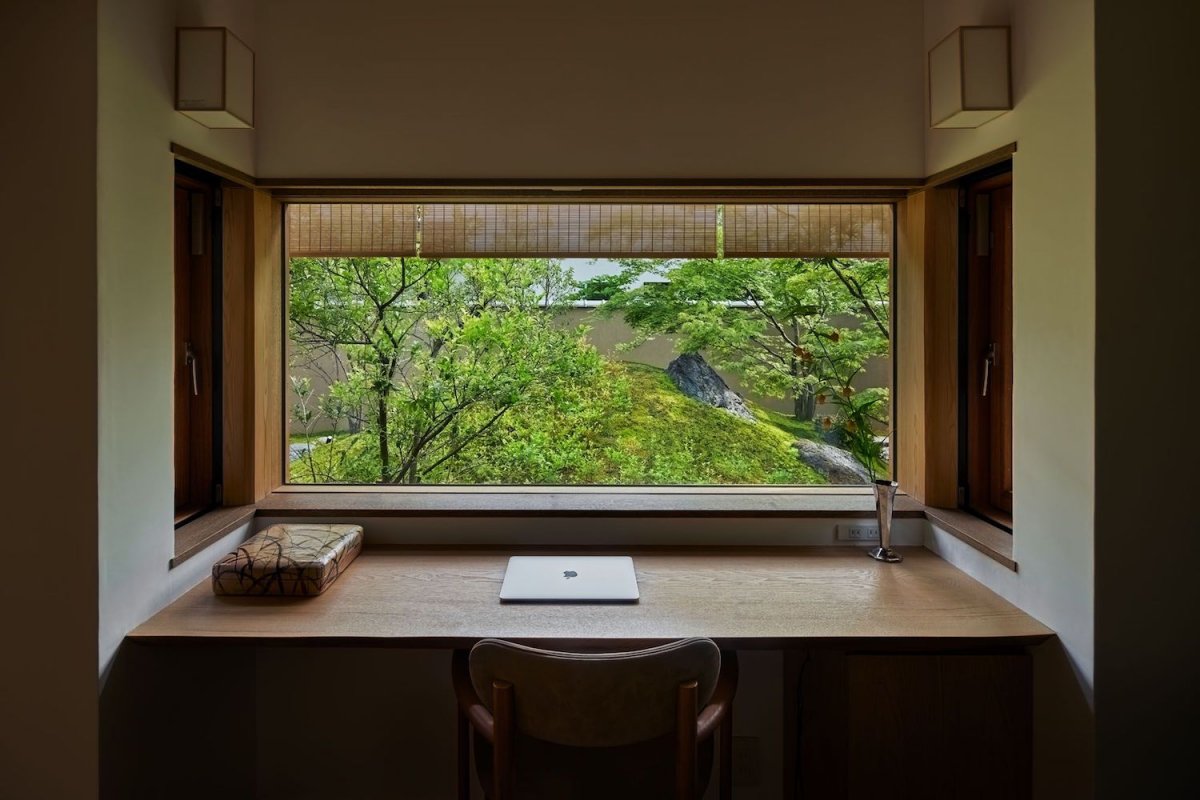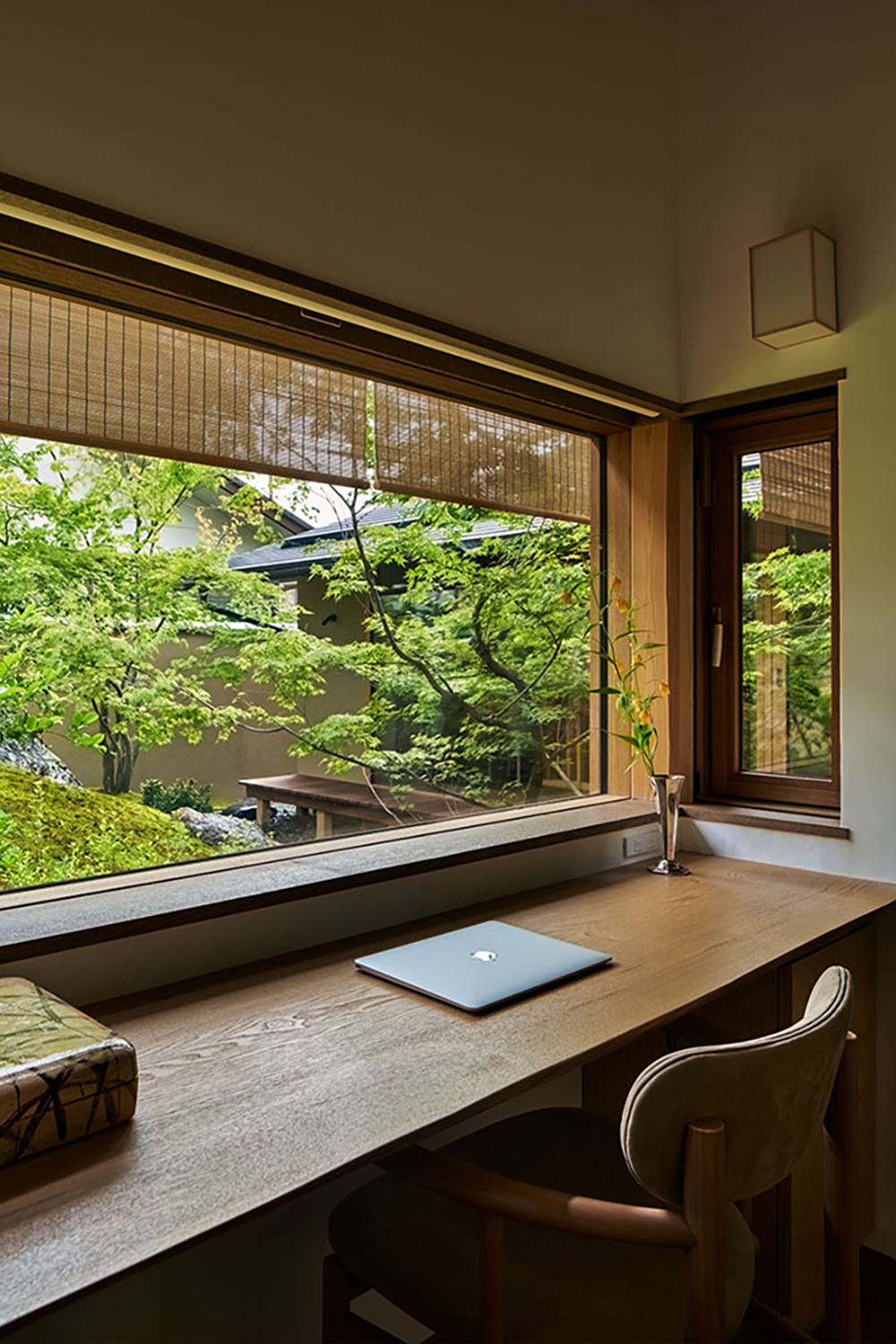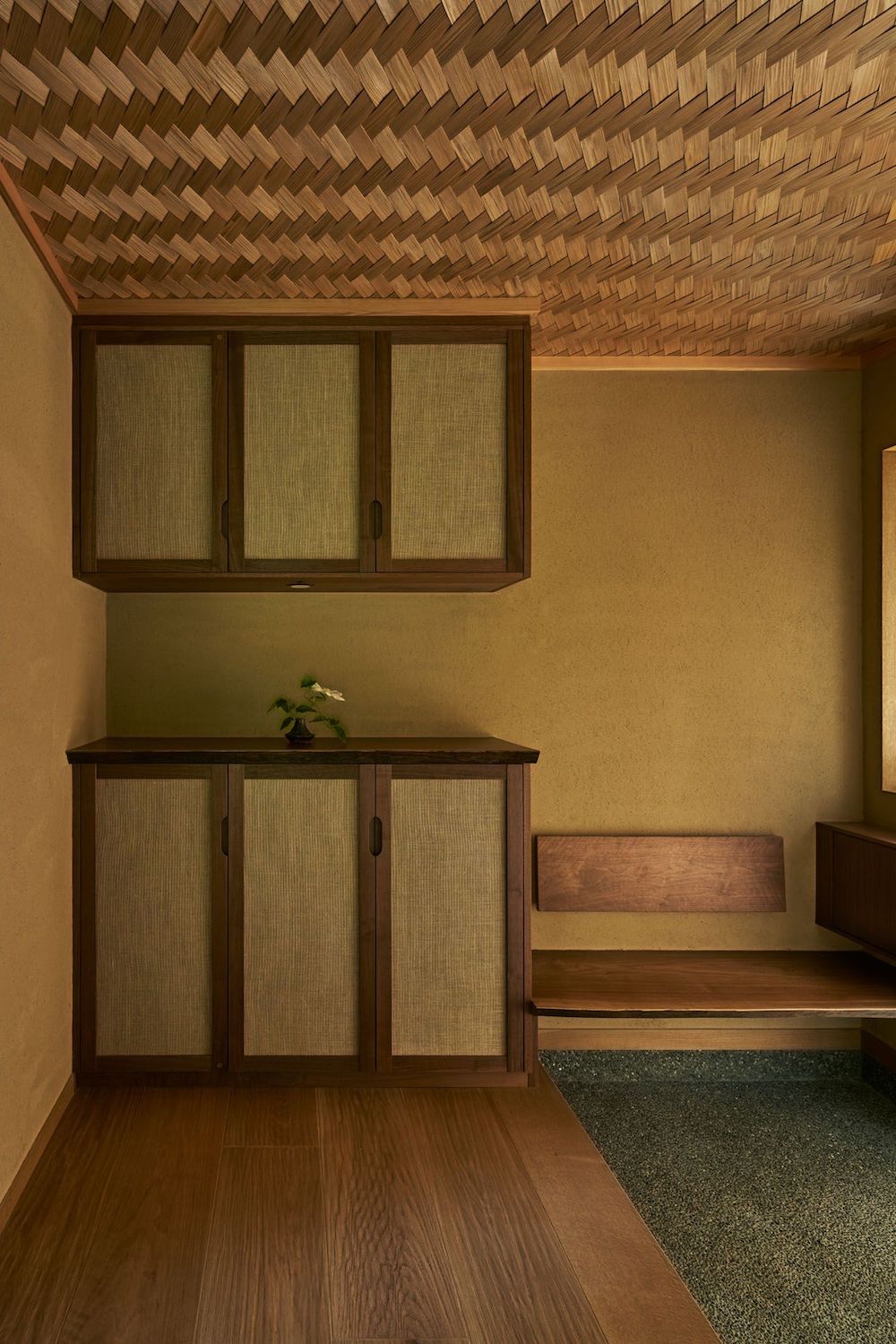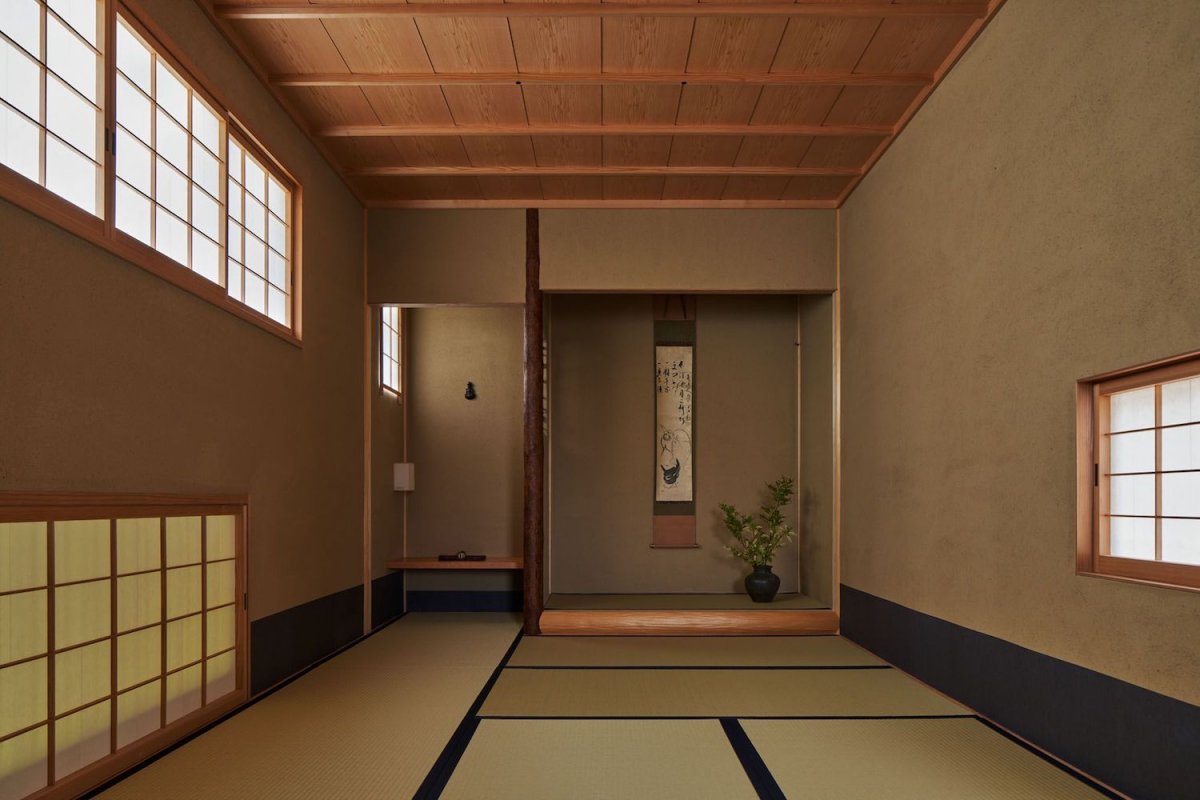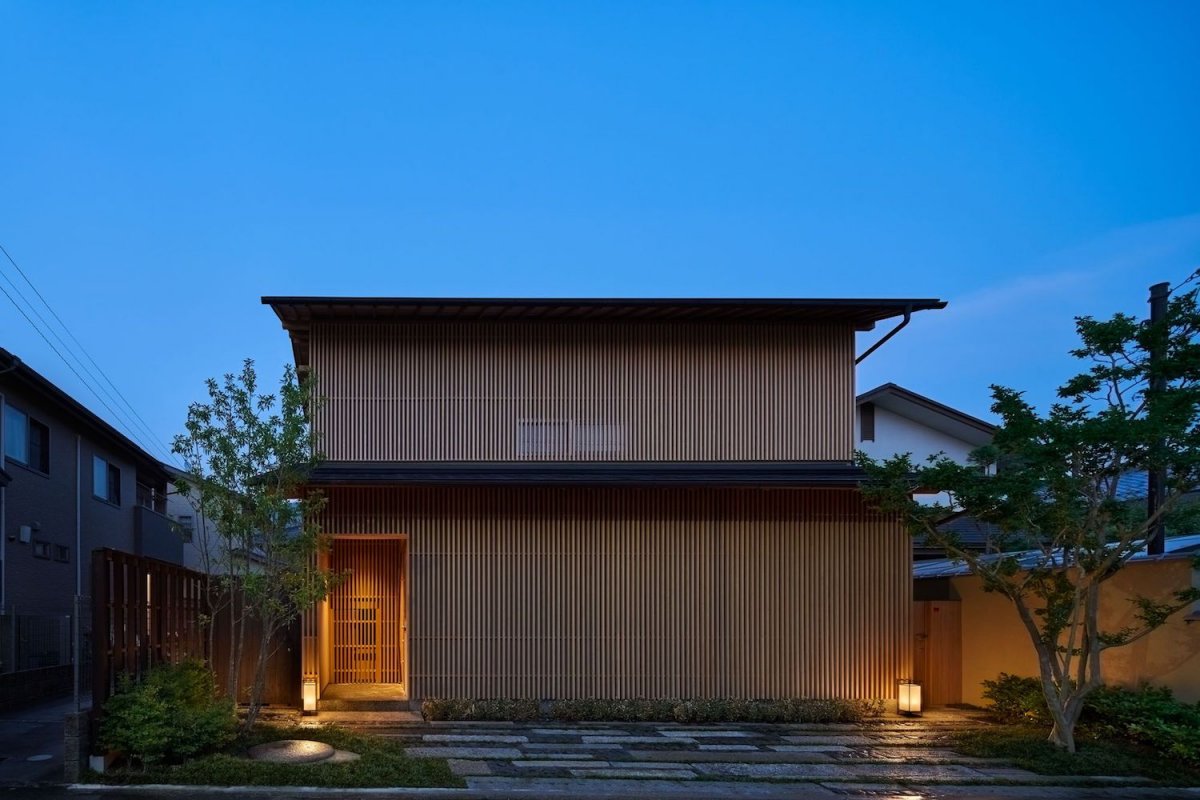
The Kyoto Prefecture is covered with lush forests and vegetation across its region, complemented by the presence of traditional residential houses and religious institutions. Located near the notable landmarks Yamazumi Shrine and Mount Hiei, House of the Sacred Rock was designed to encapsulate their image and establish a spiritual connection. Taking the inspiration from old Japanese houses, this project has a U-formation inbuilt structure with an embraced open courtyard. Whereas the design faces the street with a closed timber facade, its interior is an open plan to bring in a generous amount of natural light and ventilation for summer days.
The landscape design within the courtyard imitates the forest that surrounds Kyoto Prefecture. As the density of plants creates a depth of field to the design, it also blocks viewpoints of one stance to another while connecting the rest.Not only does the courtyard serve as a functional abode, but it also becomes an invisible shrine for spiritual practice.
The inside is composed of timber dowels, wooden planks, and earthen surfaces for a palette that resembles nature. The flow of circulation dissipates as inhabitants are given the freedom to roam. Through a seamless spatial connection, the sense of minimalism—or in this case, the sense of negative space—is absorbed in the transitions of spaces, where boundaries no longer exist. These spaces can all be distinguished, yet they share a common focus: the courtyard of moss, enkianthus perulatus, ruscus bamboos, and the sacred rock.
The change in seasons of Northern Kyoto, Japan brings about the chirping sound of cicadas along with a musky scent of early rainy days. A single branch of red cedar sophisticatedly extends itself from a ceramic vase, cutting through the living space and reaching the courtyard where a modest mound of grass resides. The garden reflects the summer sun with vibrant green colour and shimmering dewdrops. Here, within House of the Sacred Rock by Hiroshi Nakamura & NAP, a tranquil atmosphere peacefully exudes and covers the entirety of the space.
- Interiors: Hiroshi Nakamura&NAP
- Photos: Koji Fujii TOREAL
- Words: Qianqian

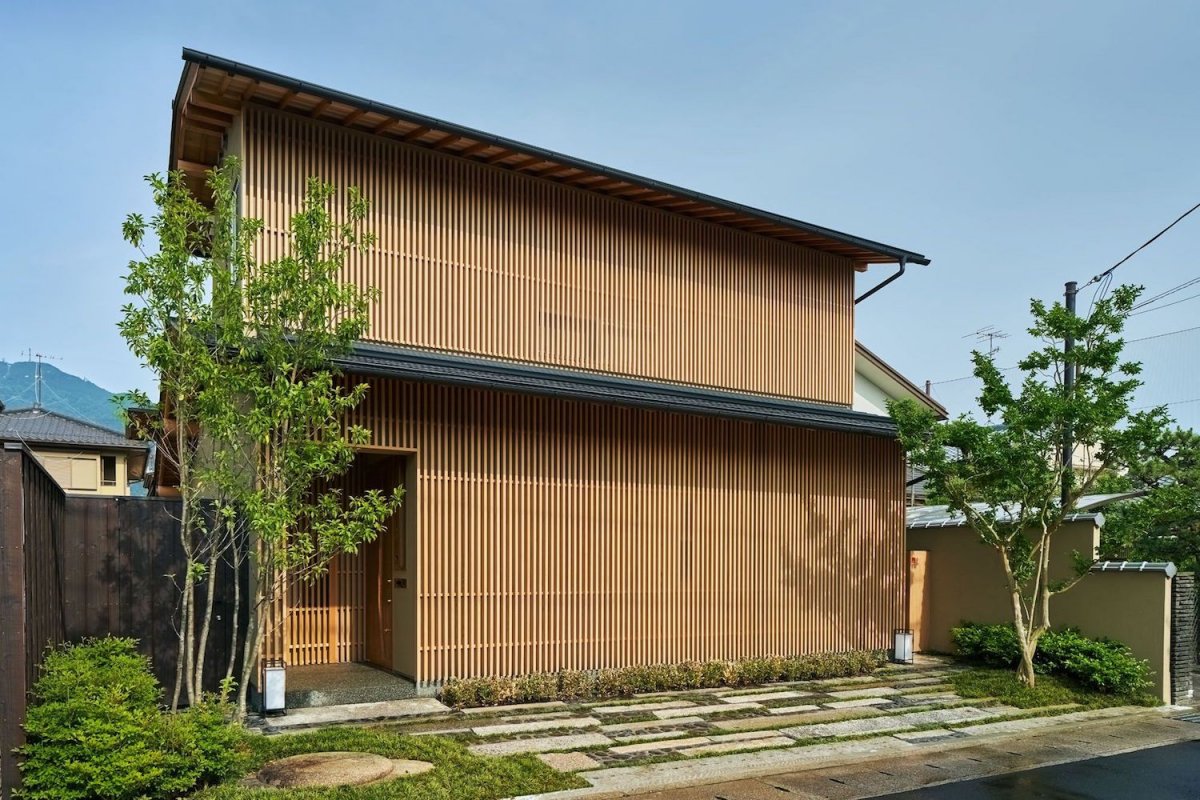
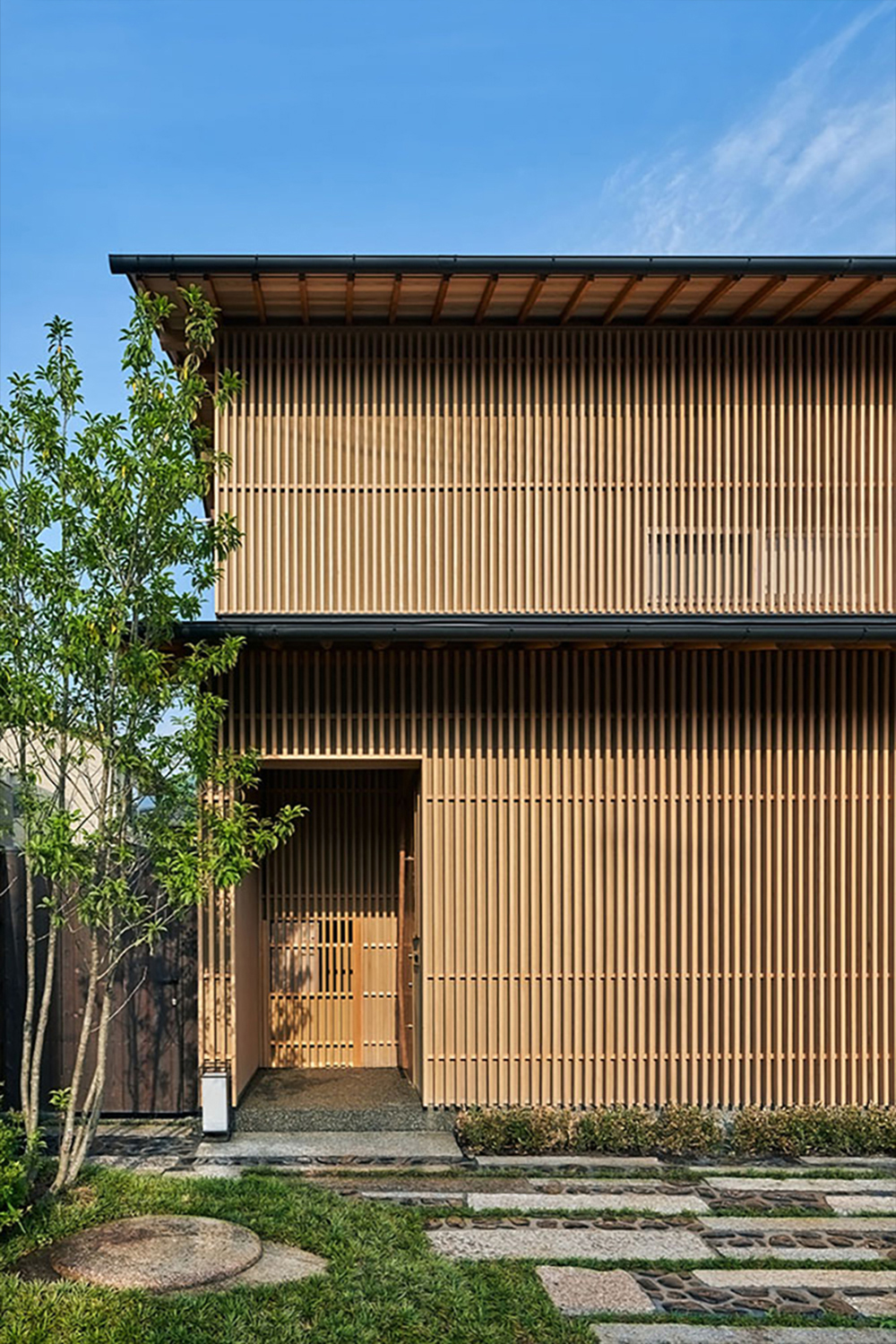
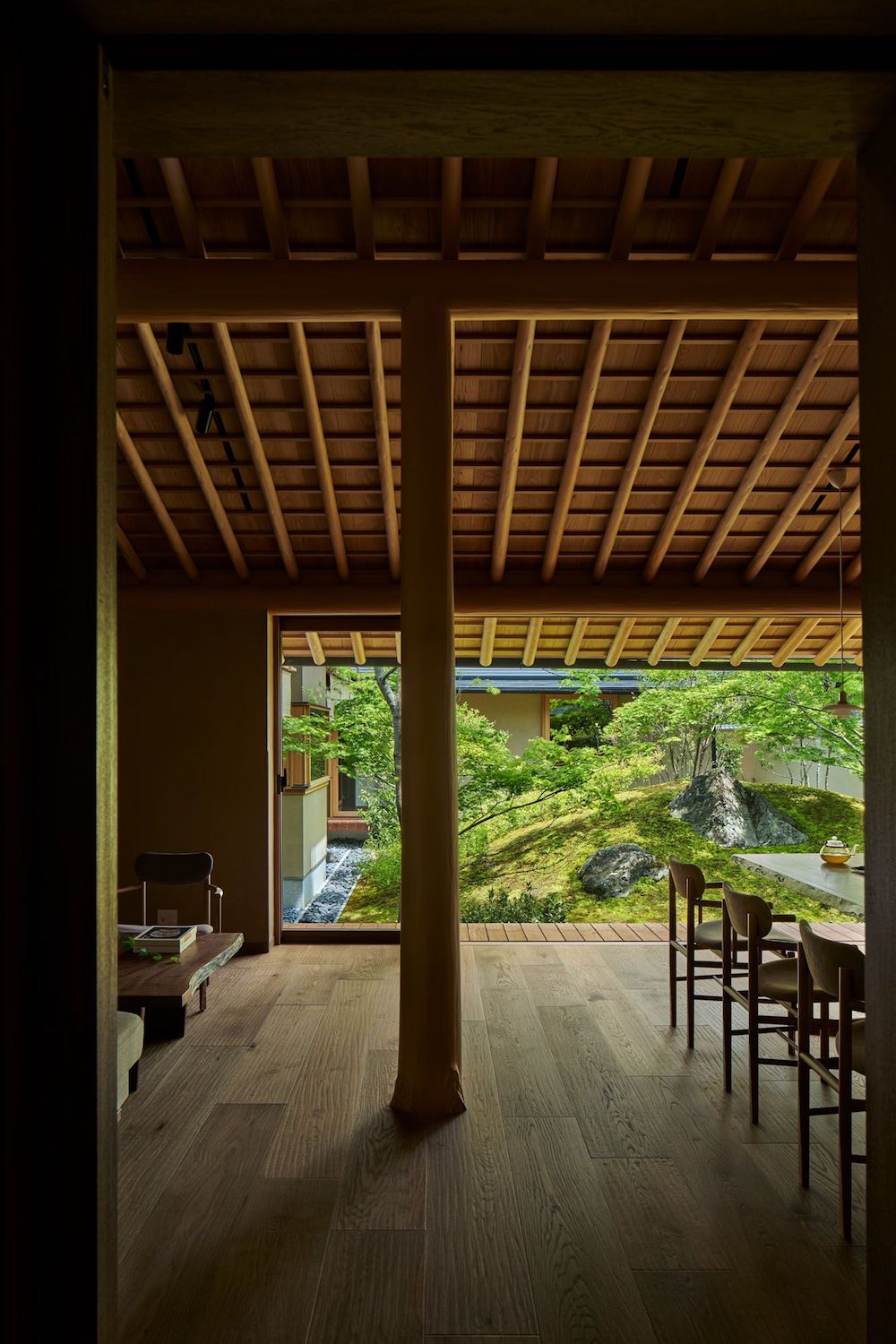
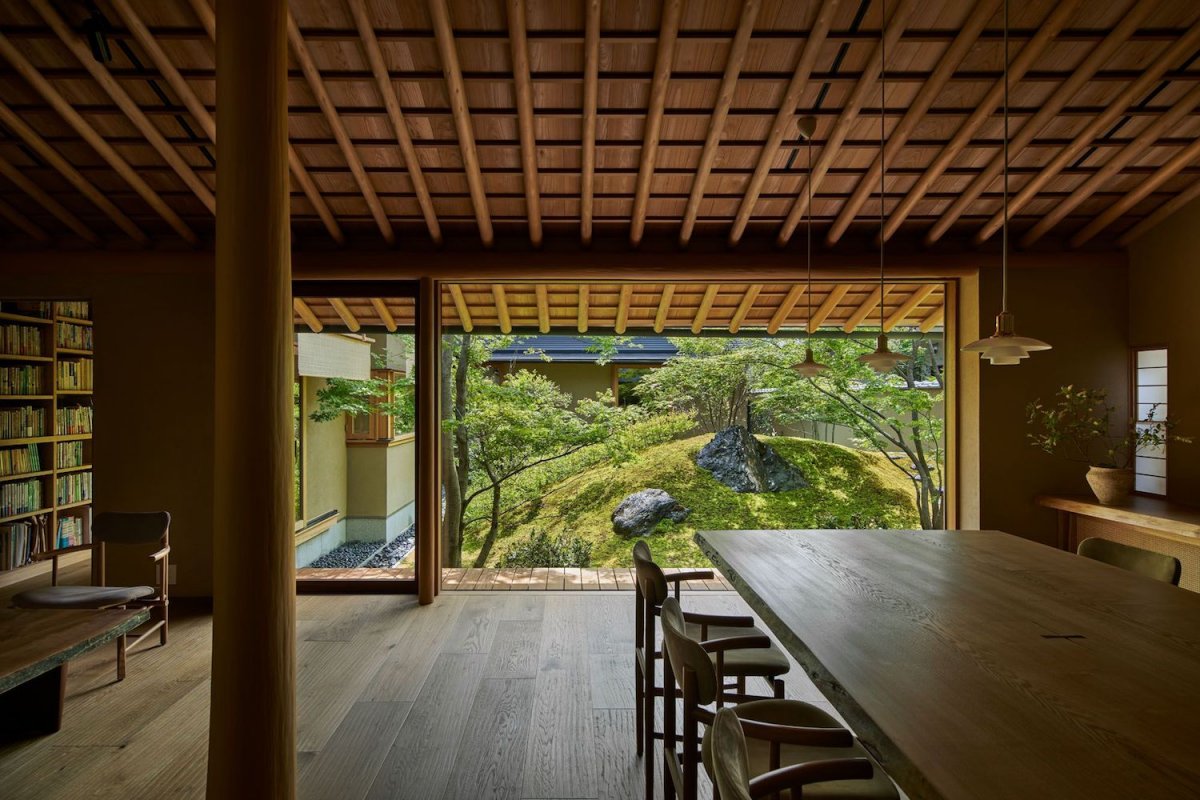
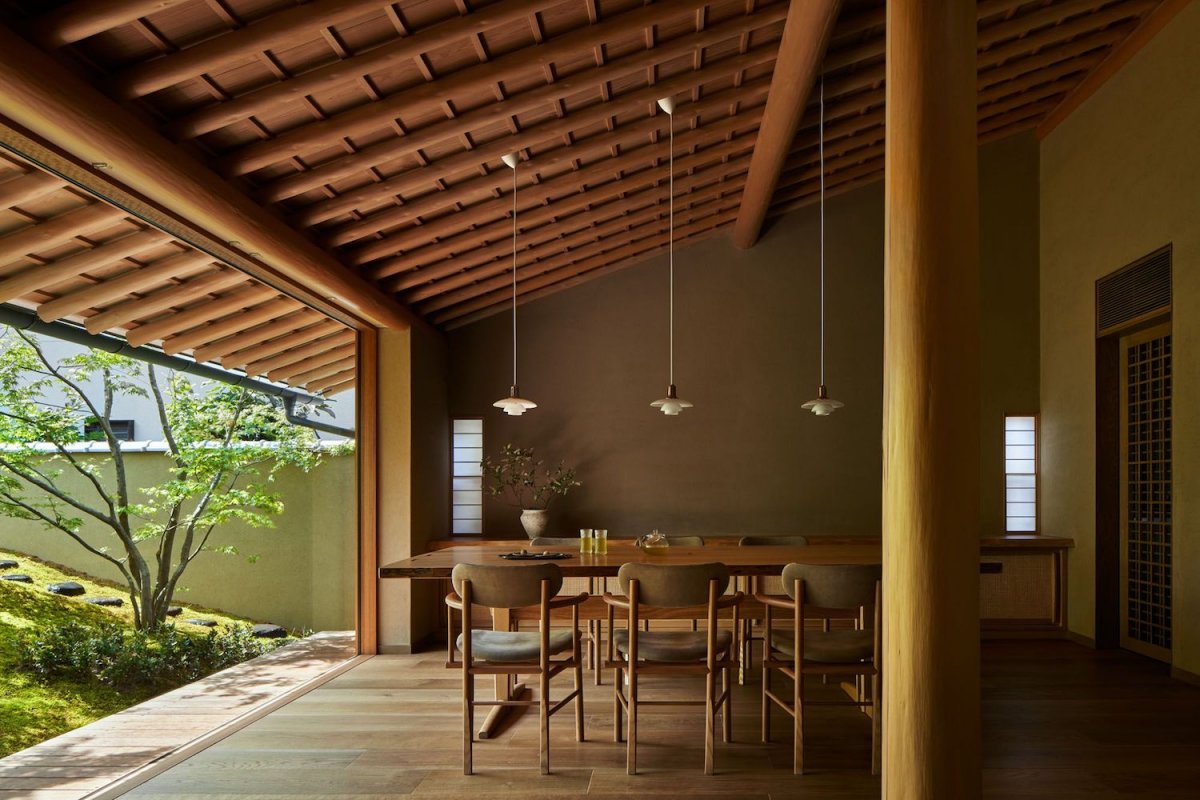
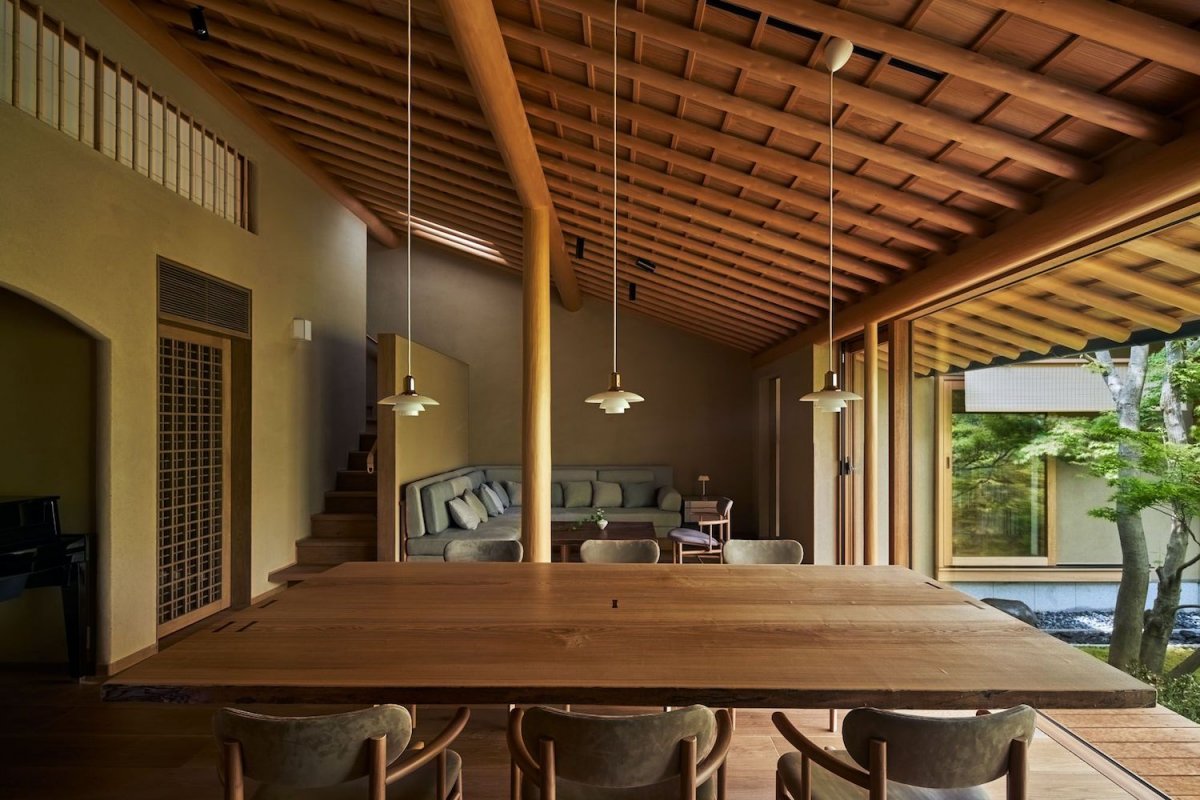
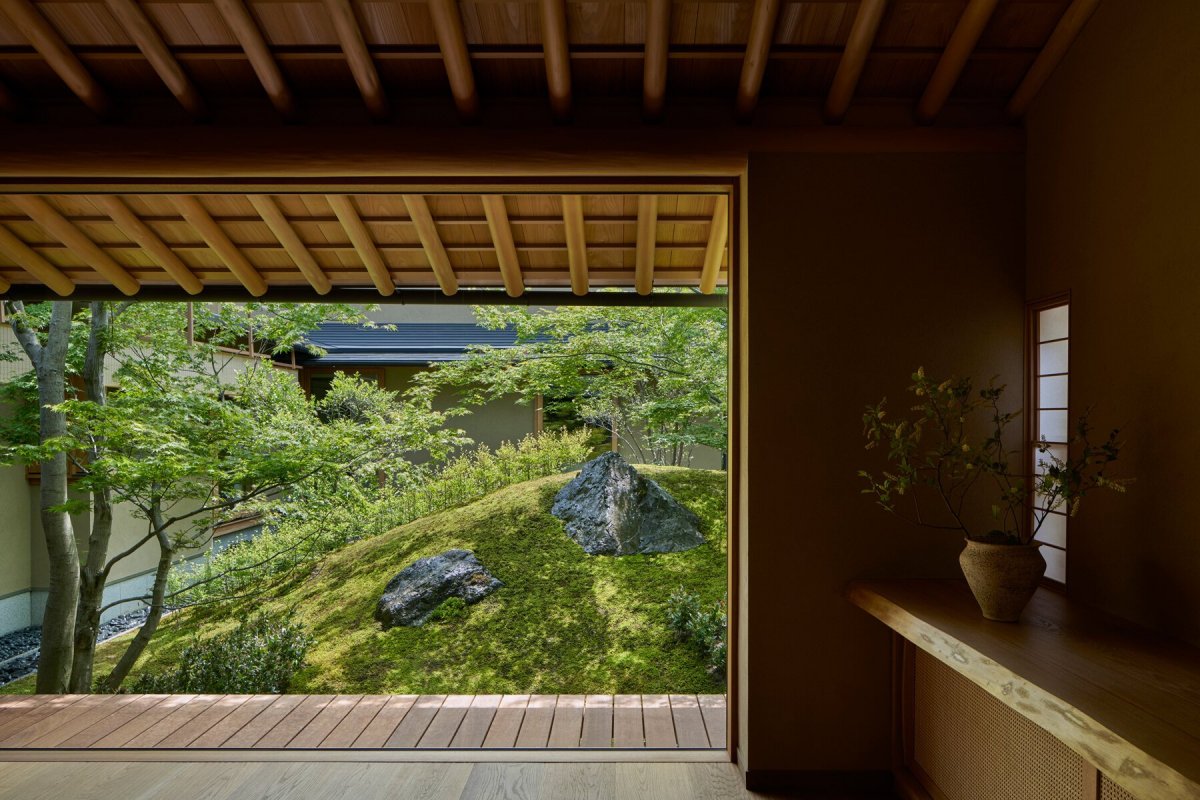
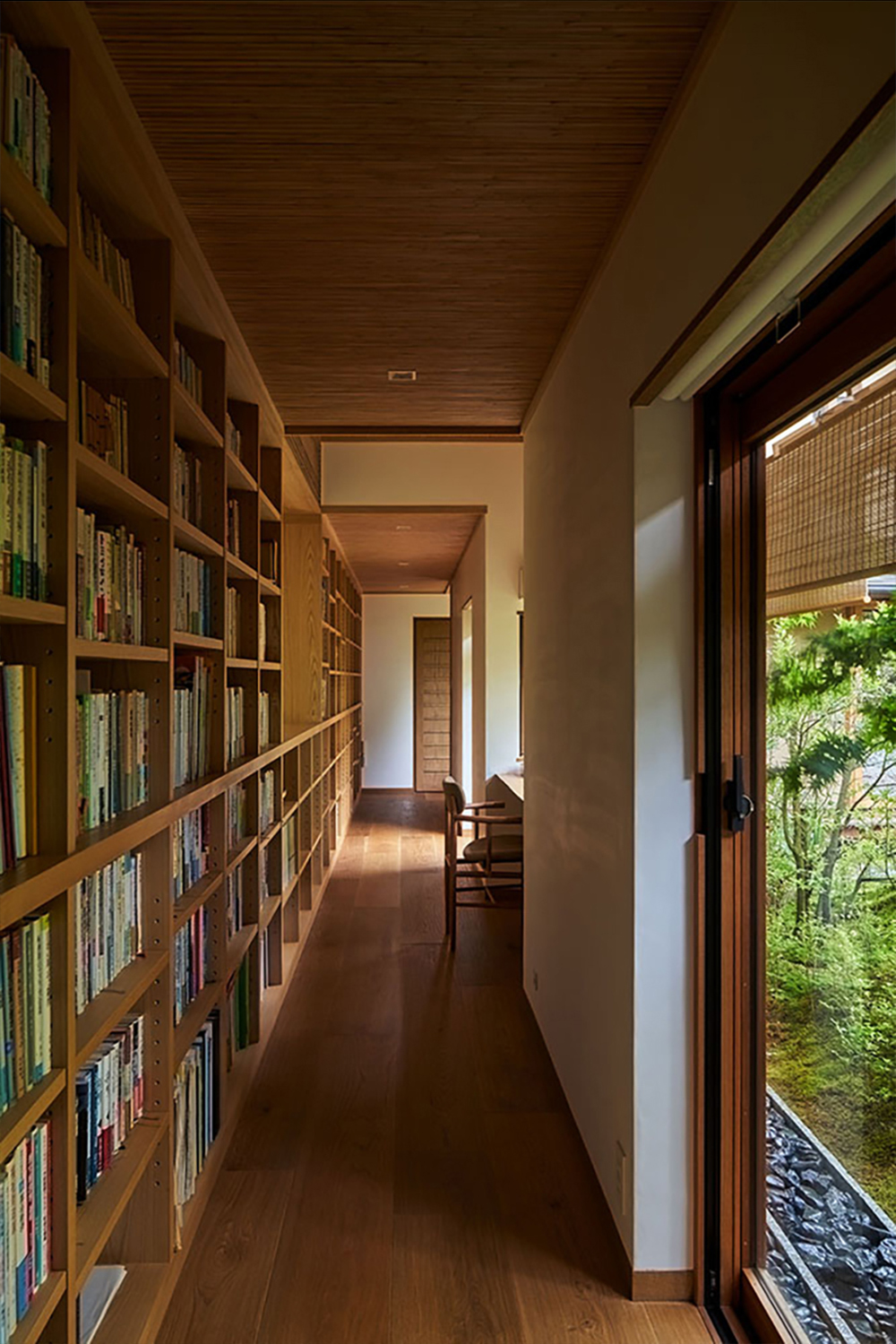
.jpg)
.jpg)
